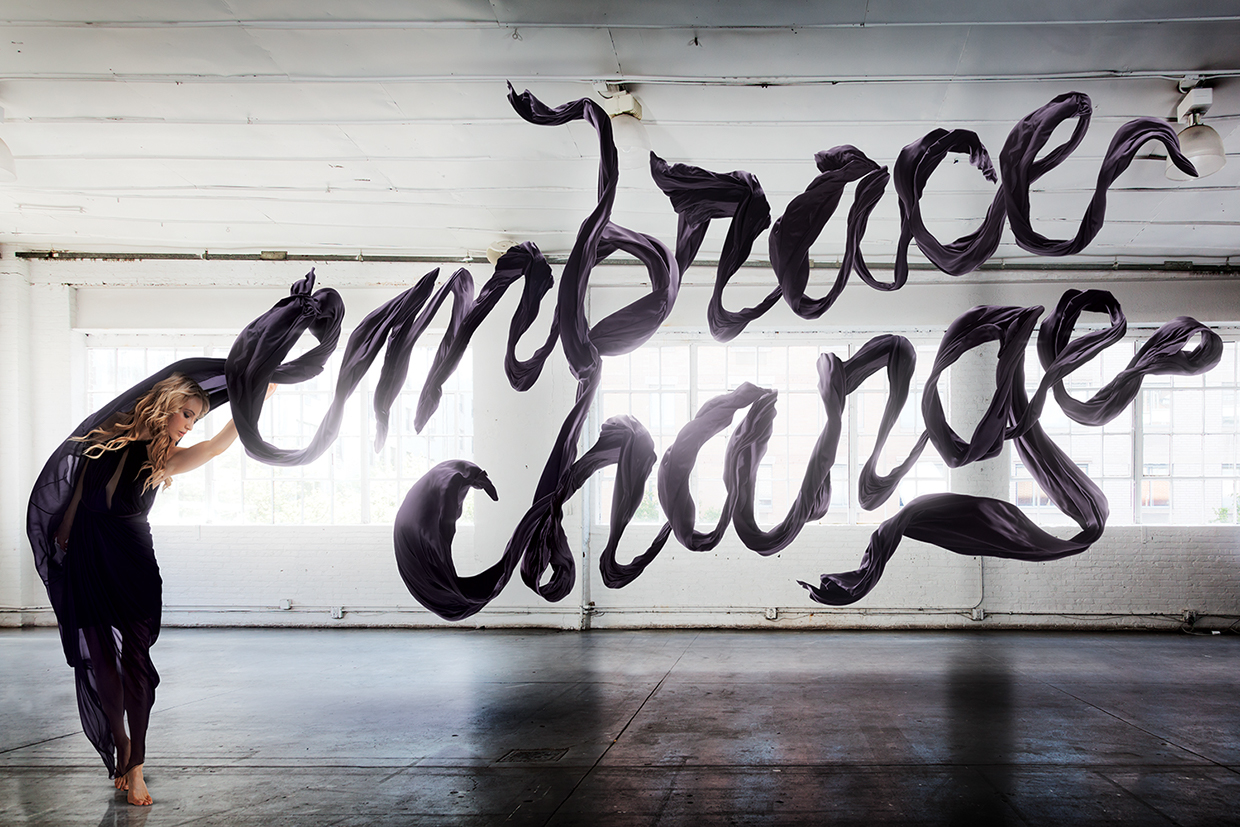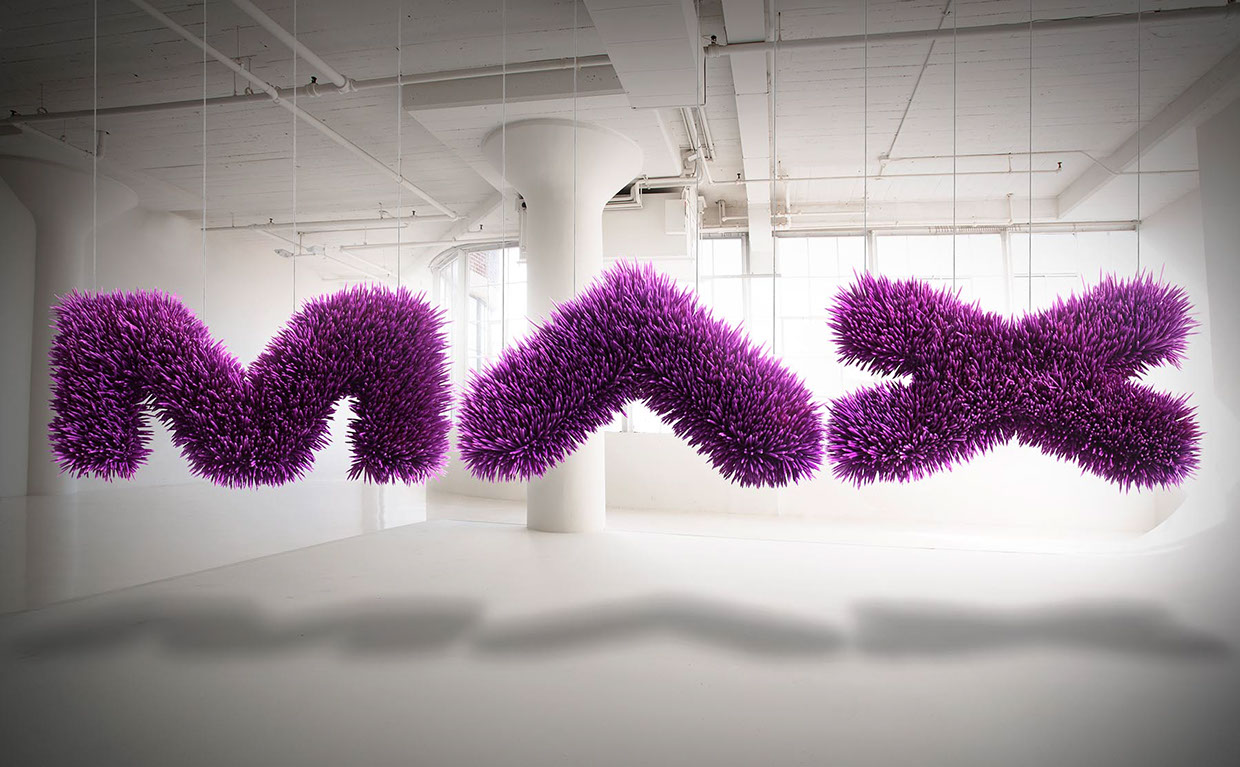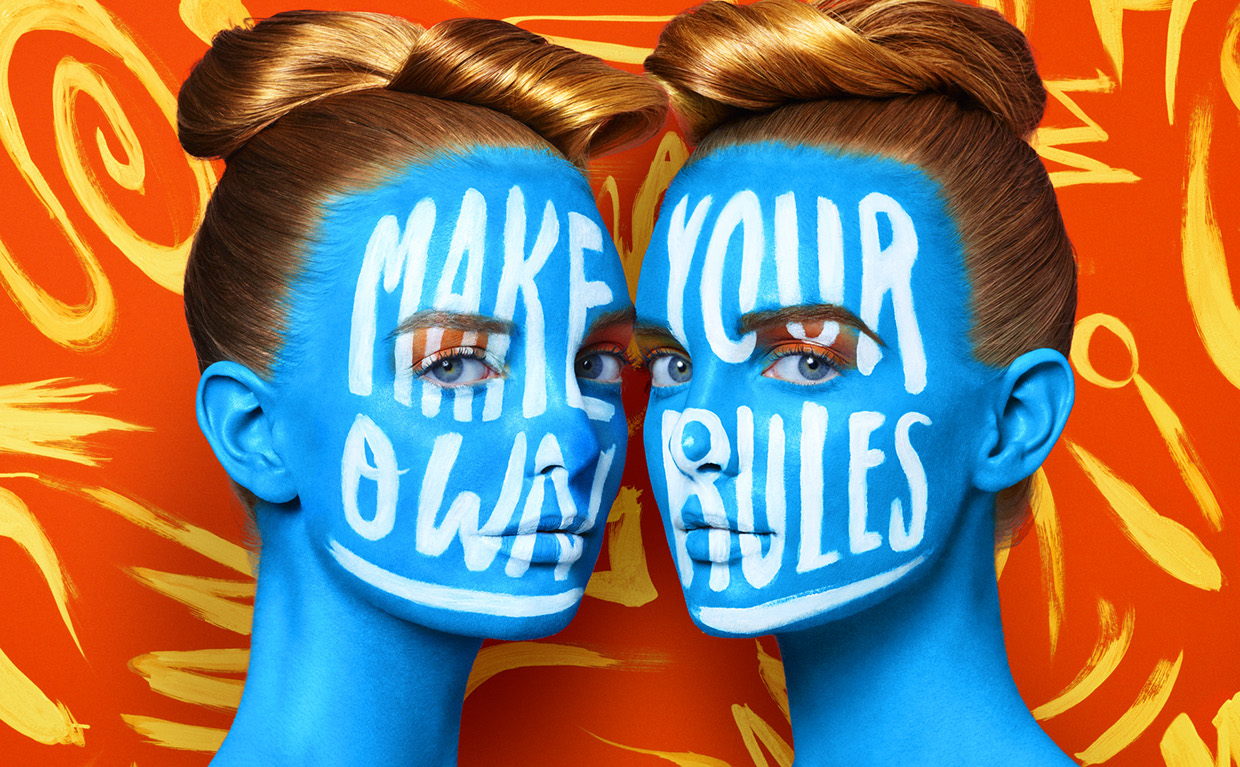Garamond
Claude Garamond, the creator of Garamond, was a Paris type puncher in the 15th century and based a lot of his early fonts on fonts by Francesco Griffo. He spent his career developing type but it wasn't until after his death that the Garamond punches made it to the printing press. In 1691 Jean Jannon made a font extremely similar to Garamond which was popular for years and wrongly attributed to Claude. In 1900 Garamond was used to print the history of France which called a lot of attention to the typeface. The font family has been expanded immensely since its origins with Claude to include faces such as italics, and adobe.
Interesting Attributes: The small bowl at the end of the A and the E. Long top serifs with a downward slope. Considered to be among the easiest type faces to read.
Key Word Attributes: Serif, Old Style, Rounded
Versions of Garamond can be found in these popular brand identities.
Serifa
A slab serif front designed by Adrian Frutiger, was based off his early sans serif design, Univers. It was created in 1966. Frutiger was a Swiss type designer. Serifa has the linear skeleton of Univers but is more rounded at the edges, and obviously contains serifs. It is designed in many different weights. The type face was produced for the Bauer Foundation.
Interesting Attributes: Uniform stem size (aka mostly the same thickness), bowl of the A round and extended. Thick serifs with square terminals.
KeyWords: Slab Serif, Linear, Thick
Can be found in these places.
Platlet
Originated from a four day design workshop at CalArts in 1992, created by mostly non-design students, attributions go to Conor Mangat. It was to be designed for outdoor use. It is directly based on California license plate font.
Interesting Attributes: The stem of the B is an ascender. The L and J contain rounded descenders. The height of the Capital T appears to be equal to the X height. The counter in most of the letters are rounded off rectangles more often than circles (with the exception of the P). The stem of the E is completely rounded.
Key Words: Sans serif, rounded, block text
Can be found in.












































